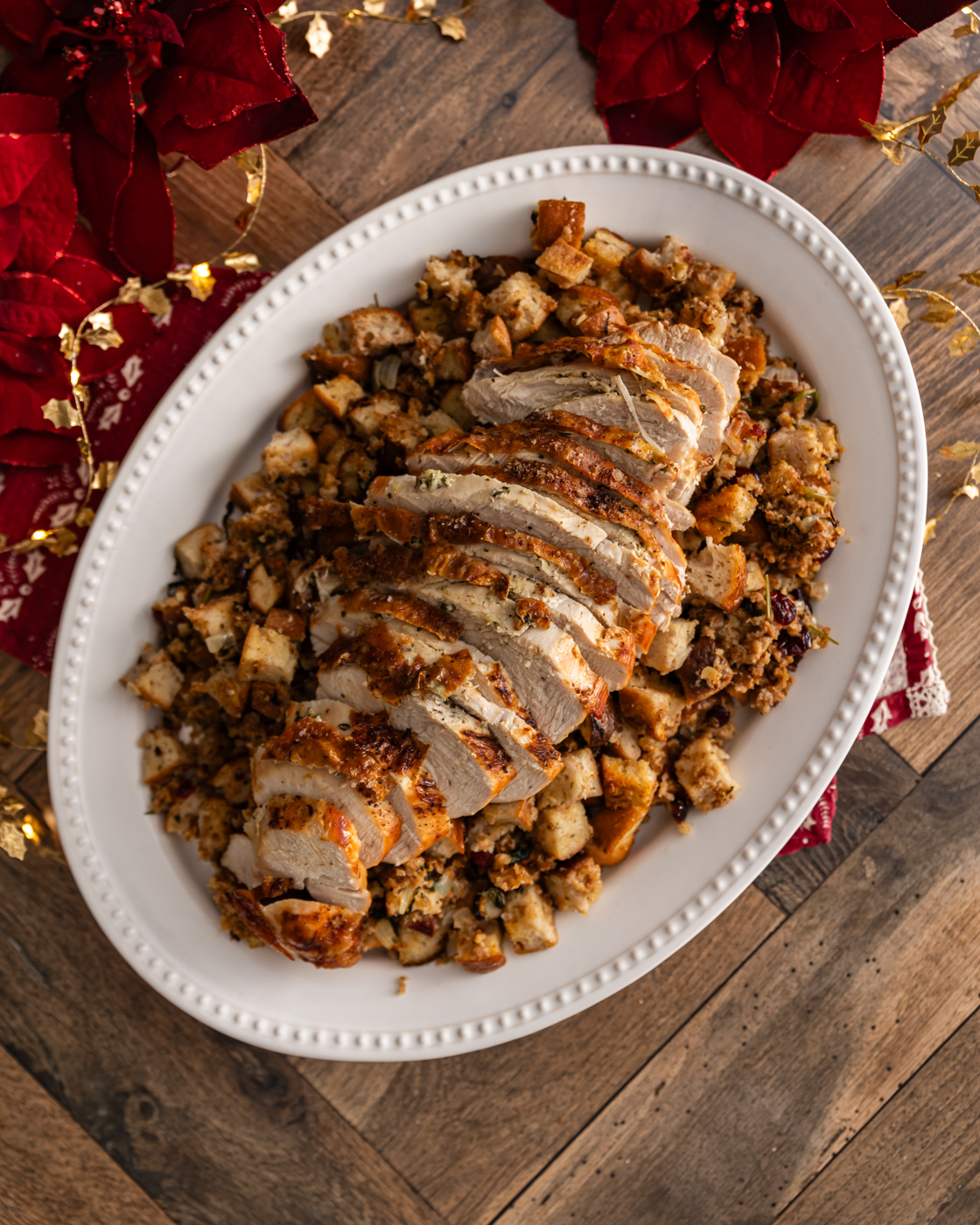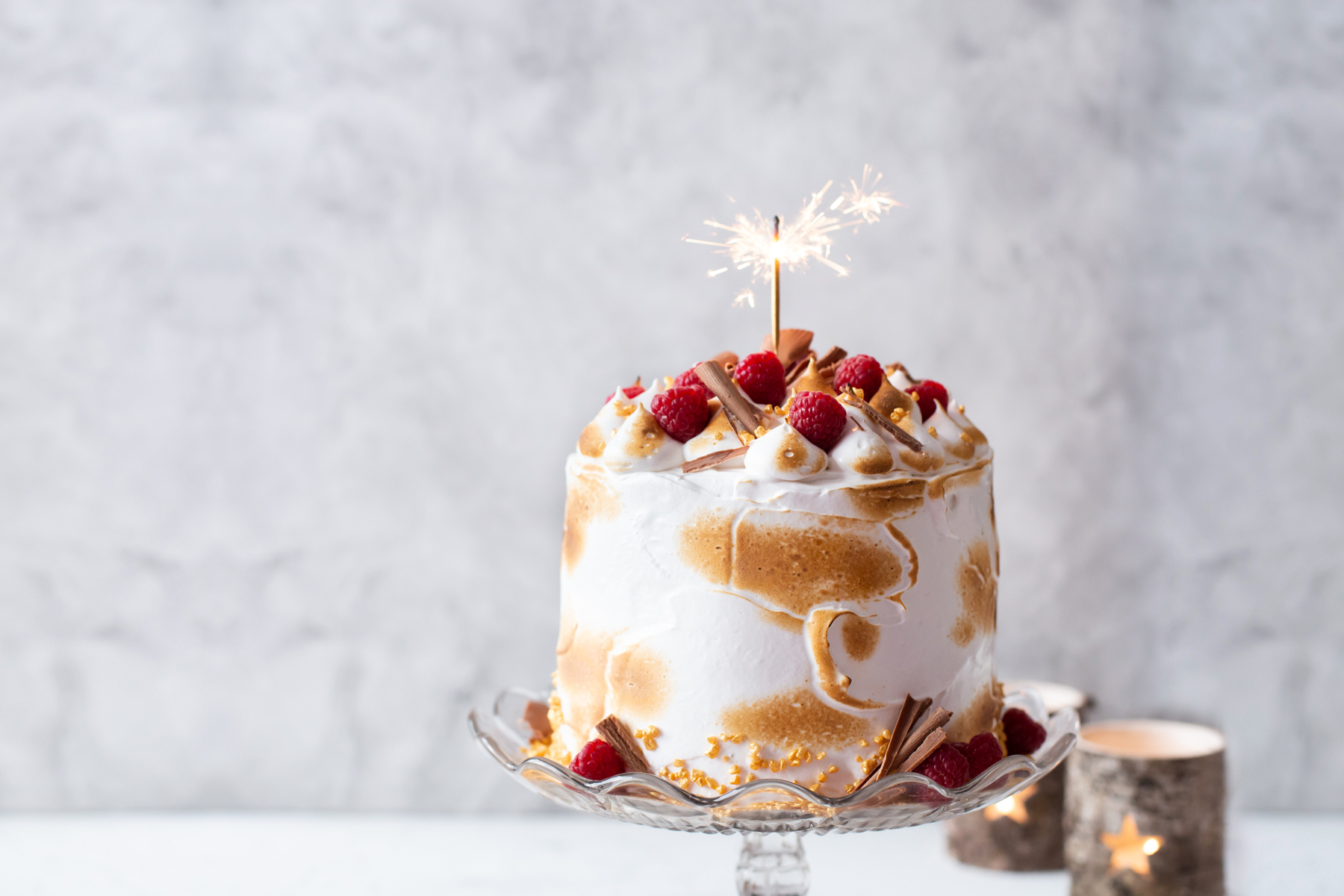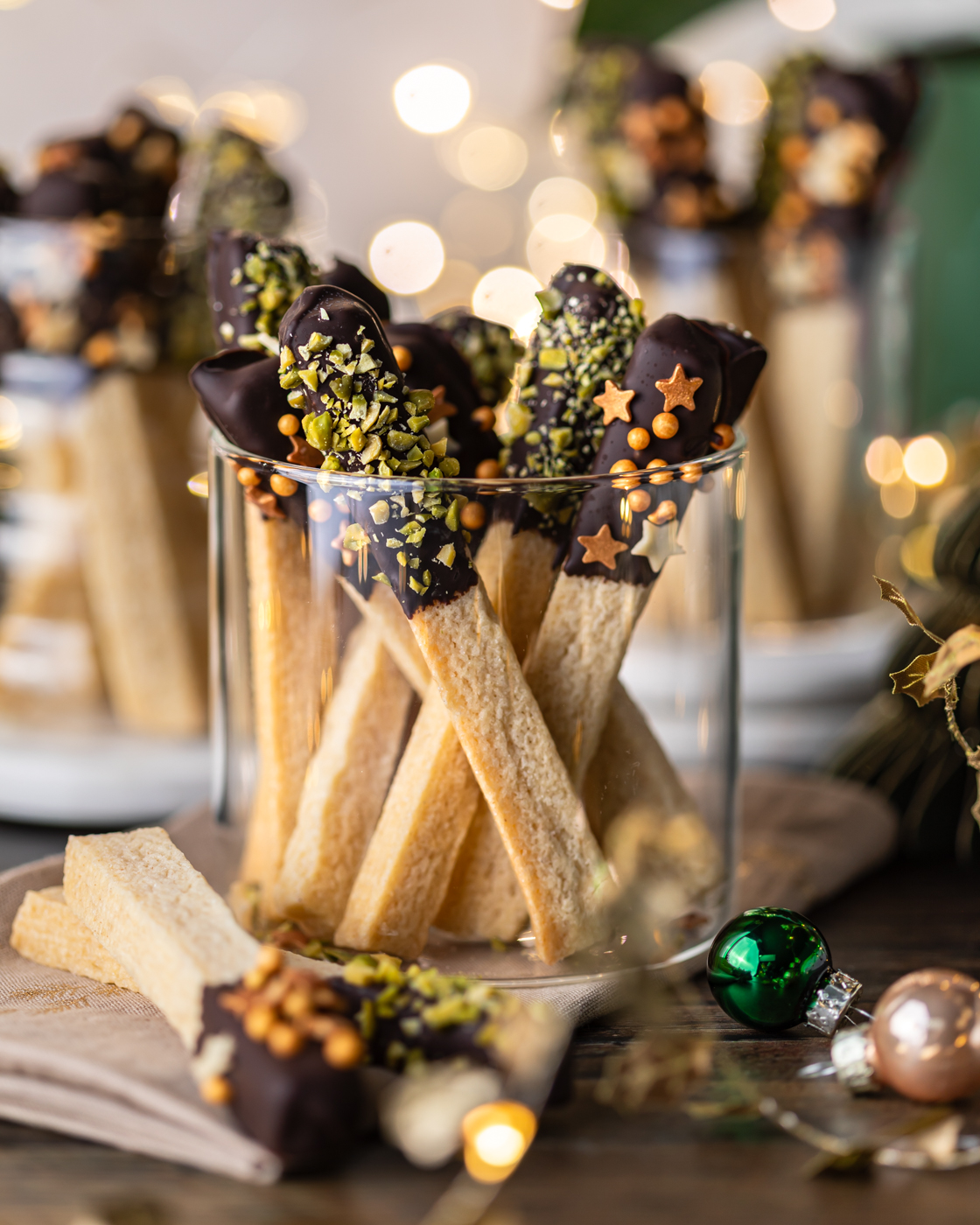

Victoria Sponge
Intermed..
How To Make The Perfect Victoria Sponge. A classic sponge can be used to make various cakes, the most common being a delicious Victoria Sponge Cake, and this recipe gives you all the tips and tricks to make a perfect sponge every time! Watch our step by step video here
PREP IN
18 MIN
COOK IN
22 MIN
SERVE
8-10

Victoria Sponge
Intermed..
PREP IN
18 MIN
COOK IN
22 MIN
SERVE
8-10
Introduction
How To Make The Perfect Victoria Sponge. A classic sponge can be used to make various cakes, the most common being a delicious Victoria Sponge Cake, and this recipe gives you all the tips and tricks to make a perfect sponge every time! Watch our step by step video here
Ingredients
- 225g unsalted butter, softened
- 225g caster sugar
- ½ tsp salt
- 4 eggs, room temp
- 1 tsp vanilla paste or 2 tsp vanilla extract
- 225g self raising flour, sifted
- 200ml double cream
- 2 tsp caster sugar
- 150ml strawberry jam
- 1 punnet fresh strawberries, rinsed and thickly sliced
- Icing sugar, for dusting
FOR THE SPONGE:
FOR A VICTORIA SPONGE FILLING:
Method
- 1. Preheat oven to 180°C/160° fan assisted/gas 4.
- 2. TIP: It’s worth investing in an oven thermometer as most ovens are not accurate. When you first purchase an oven thermometer, run your oven and change the position of the thermometer to the various corners of the oven, as well as the centre, to find out if there are any cool or hot spots. Also, you’ll then know if your oven is either cooler or hotter than the setting, so you can adjust the oven temperature accordingly.
- 3. Line the bottom of two 20cm (8inch) round cake tins with parchment paper, then grease and dust the sides of the tins with butter and flour.
- 4. TIP: If you want your sponges to rise evenly and with only a hint of a dome, or flat, in some cases, simply take an old kitchen towel and cut it into strips wide enough to fold over and be the height of your baking tins. Staple two strips together if they’re not long enough to wraps around your baking tins. Then before baking, run the strips under cold water and lightly wring out so they they’re not dripping, then simply wrap the strips, doubled over, around each cake tin and secure with a metal paperclip or metal headed sewing pin. These strips help the cake bake more evenly so that the edges bake at roughly the same speed as the centre of the cake, which means a mostly even rise.
- 5. For the sponge, beat the butter, sugar and salt together with an electric mixer until well creamed. TIP: This can take 2-3 minutes so be patient. Add the eggs one at a time, adding the vanilla with the last egg, beating for about 2-3 minutes with each addition. TIP: Make sure to scrape down the sides of the bowl between adding each egg, and beat for as long as needed until mixture is pale in colour and the texture is light and mousse-like. Thoroughly beating after each egg means that the mixture won’t curdle and you’ll beat in as much air as possible.
- 6. Add the flour and beat just until there is no dry flour visible in the batter. TIP: Always make sure your self-raising flour is fresh. The raising agents in the flour can lose their properties over time, so an old bag of self-raising flour left in the press for too long won’t give you as much of a raise as a fresh bag.
- 7. Start with mixer on low speed, then increase to medium and beat just until incorporated. TIP: Starting off on lowest speed stops the flour from flying everywhere! Avoid mixing for longer than is necessary as the longer you beat flour, the more the gluten is worked which means a tougher cake once baked, this is especially important with batters that have other liquids added to them like milk, buttermilk etc.
- 8. Divide batter equally between prepared baking tins, smoothing the top with a spatula, and bake for 20-22 minutes until a toothpick inserted in the centre of the cakes come out clean. TIP: Bake just until the cake is baked through, otherwise the sponge will dry out.
- 9. Remove from oven and leave to cool in baking tins on a wire rack for about 10 minutes, then carefully turn sponges out on to wire rack and leave to cool completely. Carefully peel away parchment paper once cooled.
- 10. For a Victoria Sponge’s filling, whisk together the cream and sugar in a medium sized bowl just until you have medium firm peaks that hold their shape. Set aside.
- 11. Place one of the sponges on a serving plate and spread the strawberry jam over the top. Arrange the sliced strawberries on top of the jam smeared sponge, not worrying about a pattern, just make sure the strawberries are well packed together so there aren’t any gaps.
- 12. Spoon the whipped cream on top of the strawberries and carefully spread just shy of the edge, then place the second sponge on top and gently press it down so that it’s sitting evenly on top of the cream. Finally, dust generously with icing sugar.
- 13. Best eaten on the day of assembly, but can be kept in the fridge in an airtight container for up to 1 day.
- 14. Sponges can be baked a day ahead of assembly and kept in airtight freezer bags at room temperature until needed.
- 15. You can use salted butter for the sponge, but then simply don’t add any salt. Also delicious with raspberry jam and raspberries, or mixed berry jam and mixed berries to fill.





